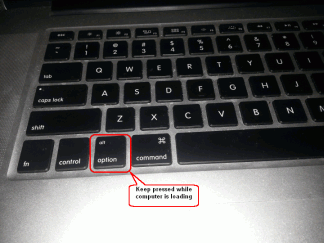

Similarly, you can use a Typed String trigger to execute a macro when you type some text (for example =addr=). There are a variety of Triggers available, the most common is the Hot Key trigger which executes the macro when a specified Hot Key is pressed.

You can edit a Macro by selecting it and clicking the Edit button.Ī Trigger defines when a macro will be executed. Keep in mind that a Macro can only be active when the Macro Group that contains it is active. You can disable or enable Macro Groups by clicking the ✓ button. You create a Macro by clicking the + button at the bottom of the Macros list. A Macro lives in a Macro Group and consists of a set of Triggers that determine when the macro is executed, together with a list of Actions that define what the macro does when it is executed. Keyboard Maestro’s main purpose is to execute Macros.

You can configure a Macro Group by selecting it and clicking the Edit button, or by double-clicking on it. You create a Macro Group by clicking the + button at the bottom of the Macro Groups list. Macro Groups can be displayed as palettes, allowing you to create your own custom toolbars.
#KEYBOARD MAESTRO LOAD AT STARTUP WINDOWS#
For example, you could create a Macro Group containing macros that resized or repositioned windows using the arrow keys, but those macros would only be active after the Hot Key was pressed so that the arrow keys could be used normally at other times. For example, you can have macros which are active only in Mail.app.Ī Macro Group can also act as a container for specific-use macros which are enabled only after a Hot Key press. A Macro Group can target or exclude specific applications, which means the macros it contains will only be active in those desired applications.

Each Macro Group controls when the macros it contains are active. Keyboard Maestro allow you to organize your Macros into Macro Groups which are like folders of macros. It should be running at all times, so we recommend you enable the “Launch Engine at Login” preference in the General preference pane. It responds to your Hot Key presses, watches the time, tracks applications and maintains your clipboard history, handles remote web, iPhone requests and receiving clipboards, and, of course, executes your Macro Actions. The Keyboard Maestro Engine is a background only application that enables all of Keyboard Maestro’s features. Whenever you launch Keyboard Maestro, it also launches the Keyboard Maestro Engine which continues running until you log out (you can have the Keyboard Maestro Engine launched automatically when you login by enabling the “Launch Engine at Login” preference in the General preference pane). You use it only when you want to make changes and then you quit it. It lets you create and modify macros and configure preferences. The Keyboard Maestro application is the editor. Keyboard Maestro is easy to use once you understand the way the Editor and Engine, Macro Groups and Macros, Triggers and Actions work together.


 0 kommentar(er)
0 kommentar(er)
